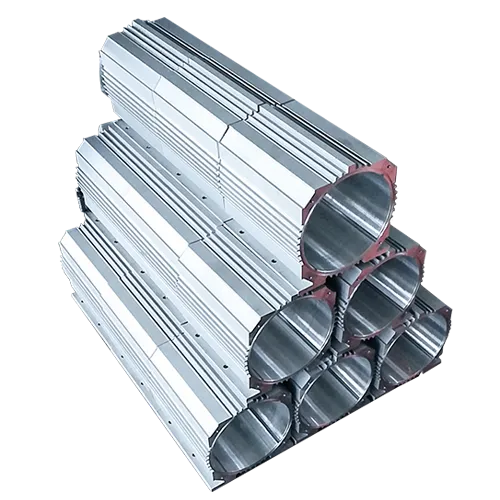Mobile:+86-311-808-126-83
Email:info@ydcastings.com
English
casting techniques
Casting Techniques An Overview
Casting is a manufacturing process that involves pouring liquid material into a mold to create a desired shape when it cools and solidifies
. It is one of the oldest and most versatile production methods, utilized in a variety of industries, including aerospace, automotive, and art. This article explores various casting techniques, highlighting their unique advantages and applications.One of the most common casting techniques is sand casting, which uses sand as the mold material. The process involves creating a pattern of the desired object, then embedding it in a mixture of sand and a binding agent. Once the pattern is removed, the sand mold is filled with molten metal. Sand casting is favored for its cost-effectiveness and capability to produce large, complex shapes. It is commonly used for making engine blocks, pump housings, and various other industrial components.
Another widely used technique is investment casting, also known as precision casting. This method involves creating a wax pattern coated with a ceramic shell. Once the shell is hardened, the wax is melted away, leaving a hollow mold. Molten metal is then poured into the mold, producing intricate components with high dimensional accuracy and excellent surface finish. Investment casting is often employed in manufacturing turbine blades and surgical instruments, where precision is critical.
casting techniques

Die casting is another technique characterized by the use of high-pressure to force molten metal into a metal mold, or die. This method is predominantly used for non-ferrous metals such as aluminum and zinc due to their ability to flow well under pressure. Die casting is ideal for mass production because it allows for rapid cycle times and produces components with a smooth surface finish. It is widely utilized in the automotive industry for making parts like housings and engine components.
Vacuum casting is an advanced technique that utilizes a vacuum to draw the liquid material into the mold. This method minimizes the presence of air bubbles, resulting in a higher quality finish and improved structural integrity. Vacuum casting is often employed in the production of high-precision and lightweight components, particularly in the aerospace and electronics sectors.
Lastly, centrifugal casting uses rotational forces to distribute molten metal into a mold, creating cylindrical parts with superior mechanical properties. This technique is often seen in the production of pipes and large fittings, where strength and durability are essential.
In conclusion, casting techniques offer diverse methods for producing metal components, each with its unique set of advantages tailored to specific applications. With advancements in technology, the efficiency and capability of these techniques continue to evolve, making casting an indispensable process in modern manufacturing. Whether for creating complex shapes with sand casting or ensuring precision with investment casting, the choice of technique greatly influences the final product quality.
-
Materials Used in Manufacturing Cap End Pipe FittingsNewsNov.24,2025
-
Material Properties of CF8M CastingNewsNov.24,2025
-
How to Inspect Pump Cap Ends for DamageNewsNov.21,2025
-
Backward Curved Impeller – Efficient Airflow Solutions for Industry | YD CastingsNewsNov.21,2025
-
Automobile Water Pump - Efficient, Quiet, Durable & ElectricNewsNov.21,2025
-
Impeller for Pumps – High-Efficiency, Durable, OEM-ReadyNewsNov.21,2025











